|
In 1482, one John Cowper, a 'master person, surveyor over stone masons' was working on Kirkby Muxloe Castle in Leicestershire, on its new gatehouse. Within the same time frame, Cowper was employed at Tattershall in Lincolnshire, working on William Waynflete's Collegiate Church, a stones throw from Tattershall's red bricked castle. It is thought, that based on Cowper's ideas, Tattershall's castle was used as a model for Kirkby Muxloe's gate house.
0 Comments
By the end of the sixteenth century many followers of the Catholic faith had faced persecution, but had looked forward to a brighter future when King James I took the throne of England.
James had promised that there would be a greater tolerance and true to his word, after his coronation in 1603, he kept his promise and restrictions on Catholicism were lifted. Almost immediately after the changes took place the king had pressure placed on him by many of the Protestant faith and he soon performed a u-turn. Angered by this, a group of men, headed by Robert Catesby, a descendant of Sir William Catesby, royal councillor and loyal friend of Richard III, plotted to blow up parliament and the king. These eight men rented a cellar below the Palace of Westminster and filled it with gunpowder, ready for the state opening of parliament on the fifth. They had previously approached Guy Fawkes who was "a man highly skilled in matters of war" and therefore an 'expert' with explosives.' The plotters plan ran smoothly, but they knew nothing of what has come to be known as the Monteagle Letter, it was this small note that was their undoing. Fawkes was arrested and through torture gave the names of his fellow conspirators. These men whereabouts were discovered, two of the men had fled, one gave himself up but the rest, including Catesby stood their ground against the kings forces at Holbeche House in Staffordshire. The trial of eight of the plotters began this day the 27th January 1606. By the end of the sixteenth century many followers of the Catholic faith had faced persecution, but had looked forward to a brighter future when King James I took the throne of England. James had promised that there would be a greater tolerance and true to his word, after his coronation in 1603, he kept his promise and restrictions on Catholicism were lifted. Almost immediately after the changes took place the king had pressure placed on him by many of the Protestant faith and he soon performed a u-turn. Angered by this, a group of men, headed by Robert Catesby, a descendant of Sir William Catesby, royal councillor and loyal friend of Richard III, plotted to blow up parliament and the king. These eight men rented a cellar below the Palace of Westminster and filled it with gunpowder, ready for the state opening of parliament on the fifth. They had previously approached Guy Fawkes who was "a man highly skilled in matters of war" and therefore an 'expert' with explosives.' The plotters plan ran smoothly, but they knew nothing of what has come to be known as the Monteagle Letter, it was this small note that was their undoing. Fawkes was arrested and through torture gave the names of his fellow conspirators These men whereabouts were discovered, two of the men had fled, one gave himself up but the rest, including Catesby stood their ground against the kings forces at Holbeche House in Staffordshire. The trial of eight of the plotters began this day the 27th January 1606. Years ago, on a Sunday, usually after dinner, my mother and I would watch a film. My favourite was the epic, you know the kind of film I'm talking about - Spartacus, The Ten Commandments, Ben Hur etc. I remember watching the 1966 film Khartoum, the story of General Charles Gordon's defense of the city of Khartoum from the forces of Muhammad Ahmad. This was one of the first films that had me asking questions about historical accuracy. General Gordon's death scene in the film was an almost accurate representation of George William Joy's painting - General Gordon's Last Stand. I remember learning that Joy liked to paint idealised images of patriotic heroes and the film too portrayed Gordon this way. (You can view that scene here youtu.be/rlvJznNXdto) I later learnt that in reality, Gordon didn’t come out onto the veranda mesmerising the marauding enemy with his presence, he came out all guns blazing and after that it didn't take me long to come to the conclusion that films, more often than not, give us the wrong impression, fooling us into thinking that what we see is what really happened. At the time I watched the film, I also couldn't make up my mind if Gordon was a hero or not, my mother said he was. However, I have to admit I know nothing of Gordon, other than these few facts I found an a book all those years ago. The real Gordon, I believe, was in the Sudan for a number of years previous to his posting to Khartoum, but was sent back to sort out the aforementioned Mahdi's revolt. On the 26th January 1885 he died after being cut off in Khartoum for nearly a year. His actions in Khartoum and the horrific manner of his death, lead to General Gordon being hailed a hero, whilst Gladstone, who was Prime Minister at the time, was so disliked you'd have thought he'd thrown the spear himself. Garnet Wolsey, who was sent to relieve Gordon but did not get there in time blamed Gladstone calling him a
'tradesman who has become a politician." I think I had better add General Charles Gordon's biography to my wishlist. Carlisle Castle is over 900 years old, built in the time of William Rufus, it can be found not too far from Hadrian's Wall. In the 1470's Richard, Duke of Gloucester was Lord Warden of the West Marshes, he was responsible for maintaining England's boarder with Scotland and it was Carlisle Castle that Richard would use as his base.The Duke of Gloucester had many supporters in this part of England, and as we know many wore a boar badge of loyalty. There are a number of emblem carvings inside the castle walls that are linked to the House of York, one being a boar, these carvings are said to have been made by prisoners held at the castle.
Sir Francis Drake died on the 27th January 1596 of dysentery while in the West Indies doing what he loved best, that is attacking the Spanish. Drakes body, all decked out in a suit of armour, was buried at sea in a lead coffin, just of the coast of Panama. Sir Francis Drake, all cool, calm and collected, and handsome to boot, fits our romantic ideals as the perfect hero, and what better story to demonstrates this than his famous game of bowls on Plymouth Hoe. On being told that Spanish ships had been spotted he famously remarked that there was plenty of time for him to finish his game. Now, that is cool, if he actually said it!
On the 25th of March 1625 at Westminster Abbey Charles I was crowned King of England, he spent most of this time in a power struggle for with Parliament. By 1629 Charles had had numerous arguments with his ministers which lead him to abolish Parliament. Charles as king, could do this under what was known as Royal Prerogative, the divine right to rule, but by the middle of the century he was wading into trouble, many people regarding him as insensitive.
The West Country, the home of my maternal ancestors, were notable Royalist, suffered at this time, the town of Barnstaple for instance, changed from Royalist to Parliamentarians and back again no fewer that four times. The year 1649 saw a great change in the governance of England, in the January of that year the trial of Charles I had begun. The country had seen the estimated deaths from the civil wars as 84,830 killed with another 100,000 dying from war related diseases, and therefore the king was held "guilty of all the treasons, murders, rapes, burnings, spoils, desolations, damages and mischiefs to this nation” Charles was declared guilty on Saturday 27 January 1649 and sentenced to death and was executed by beheading on the 30th January 1649. At around 9 o'clock on the morning of the 20th January 1606, a flood occurred that has since been called the Giant Severn Tsunami. Areas in Barnstaple in the north of Devon, the Bristol Channel, the Severn Estuary to Gloucester and the South Wales coast were all affected, that is about 354 miles of coastline. It is thought that up to 2,000 people lost their lives, 28 of those in the small village of Huntspill in Somerset. One of my daughters lived in this little village for a few years so I can vouch for how flat the land is there, it is also bordered on its north by the River Brue and its south and west side by the River Parrett, also to the south is the River Huntspill. The village's 14th century sea wall, had been built alongside the River Parrett, was destroyed in this flood, it had been rebuilt but destroyed again by flooding 1703 when standing water was up to four feet deep. It is quite plain, even now, how very susceptible this village is to flooding, and I am not at all surprised to read that its inhabitants lost much in 1606. Nothing happened as bad as 1606 as the while she was there, but none the less, thank goodness she moved! Petrologist Dr Charlie Stamper writes from eyewitness reports, what it felt like to be caught up in the flood.
"The day dawns sunny and bright. You are ploughing a field in your smallholding deep in the Somerset Levels. As the sweat drips down your back, you hear a distant rumbling sound but think nothing of it; the wind has been blowing a gale all night. Suddenly, a shout from a neighbour makes you look up in alarm. At the end of the far field you see a great cloud hugging the ground, light dazzling off the whiteness. At first you are confused: is it fog, or smoke from a fire? But then you realise, it’s water. Within ten seconds, the tumbling, roaring mass has advanced the length of the paddock. You try to run but it’s too late. Knocked off your feet by the force of the wave, your head dips below the surface and you inhale a lungful of salty water…" The question has been asked if this event was a flood or a tsunami. The term tsunami first appeared a scientific paper in 2002, so was it? Dr Stamper continues: The most supportive evidence for a tsunami comes from “Gods warning to the people of England“, a publication funded by the Church. Its coverage of the event is predictably zealous, describing the flood as a “universal, punishment by water.” As geologists, the obvious solution would be to look to the rock record; however, tsunami deposits are notoriously tricky to identify because their physical markers are incredibly hard to distinguish from other sources of coastal flooding." At around 9 o'clock on the morning of the 20th January 1606, a flood occurred that has since been called the Giant Severn Tsunami. Areas in Barnstaple in the north of Devon, the Bristol Channel, the Severn Estuary to Gloucester and the South Wales coast were all affected, that is about 354 miles of coastline. It is thought that up to 2,000 people lost their lives, 28 of those in the small village of Huntspill in Somerset.
One of my daughters lived in this little village for a few years so I can vouch for how flat the land is there, it is also bordered on its north by the River Brue and its south and west side by the River Parrett, also to the south is the River Huntspill. The village's 14th century sea wall, had been built alongside the River Parrett, was destroyed in this flood, it had been rebuilt but destroyed again by flooding 1703 when standing water was up to four feet deep. It is quite plain, even now, how very susceptible this village is to flooding and I am not at all surprised to read that its inhabitants lost much in 1606. Nothing happened as bad as 1606 as the while she was there, but none the less, thank goodness she moved! Petrologist Dr Charlie Stamper writes from eyewitness reports, what it felt like to be caught up in the flood. ......"The day dawns sunny and bright. You are ploughing a field in your smallholding deep in the Somerset Levels. As the sweat drips down your back, you hear a distant rumbling sound but think nothing of it; the wind has been blowing a gale all night. Suddenly, a shout from a neighbour makes you look up in alarm. At the end of the far field you see a great cloud hugging the ground, light dazzling off the whiteness. At first you are confused: is it fog, or smoke from a fire? But then you realise, it’s water. Within ten seconds, the tumbling, roaring mass has advanced the length of the paddock. You try to run but it’s too late. Knocked off your feet by the force of the wave, your head dips below the surface and you inhale a lungful of salty water…" The question has been asked if this event was a flood or a tsunami. The term tsunami first appeared a scientific paper in 2002, so was it? Dr Stamper continues: ...The most supportive evidence for a tsunami comes from “Gods warning to the people of England“, a publication funded by the Church. Its coverage of the event is predictably zealous, describing the flood as a “universal, punishment by water.” As geologists, the obvious solution would be to look to the rock record; however, tsunami deposits are notoriously tricky to identify because their physical markers are incredibly hard to distinguish from other sources of coastal flooding." It was on the 4th January in 1642, that King Charles I, accompanied by a number of soldiers, arrived at Westminster with the intent to arrest John Pym, John Hampden, Denzil Holles, Arthur Haselrig and William Strode, five Members of his Parliament on the grounds that they had encouraged the Scots to invade England.
William Strode was the son of William Strode of Plympton in Devon, he married into the Meavy family of Meavy, eventually owning their estates in Devon. The painting below, by Charles West Cope, shows the attempted arrest, it can be seen in the Houses of Parliament. |
Archives
February 2024
Categories
All
After ten years in the workplace I became a mother to three very beautiful daughters, I was fortunate enough to have been able to stay at home and spend my time with them as they grew into the young women they are now. I am still in the position of being able to be at home and pursue all the interests I have previously mentioned. We live in a beautiful Victorian spa town with wooded walks for the dog, lovely shops and a host of lovely people, what more could I ask for.
All works © Andrea Povey 2014. Please do not reproduce without the expressed written consent of Andrea Povey. |
- Home
-
My Family Stories
- Bustaine of Braunton: Introduction
- Hunt of Barnstaple Introduction >
- Lakeman of Mevagissey >
- Meavy Introduction >
- Mitchell of Crantock: An Introduction >
- Mohun of Dunster: Introduction >
- Purches of Hampshire and Cornwall >
- Scoboryo of St Columb Major >
-
Thomas Vaughan: An Introduction
>
- Smith of Barkby Introduction >
- Taylor Introduction >
- Tosny of Normandy >
- Toon of Leicestershire: Introduction >
- Underwood of Coleorton Introduction
- Umfreville of Devon >
- Other Families
- History Blog
- Wars of the Roses Blog
- The Ancestors
- A to E
- F to J
- K to O
- P to T
- U to Z
- Hendley of Coursehorne Kent
- Pigott Family of Whaddon Buckinghamshire
- Links
- Contact
- Umfreville test
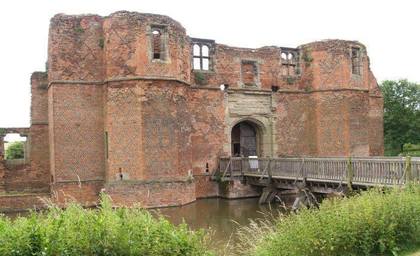
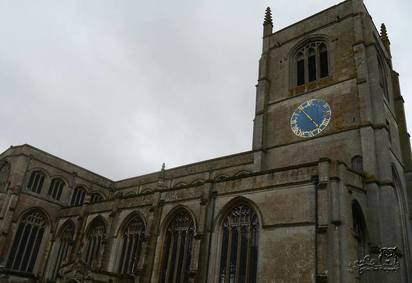
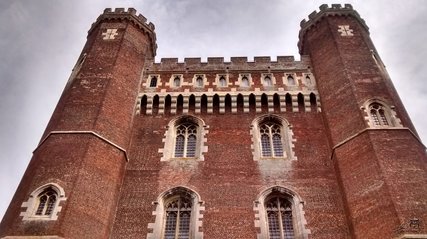


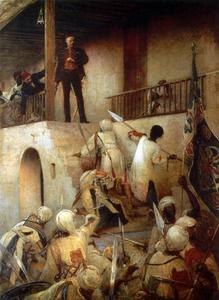
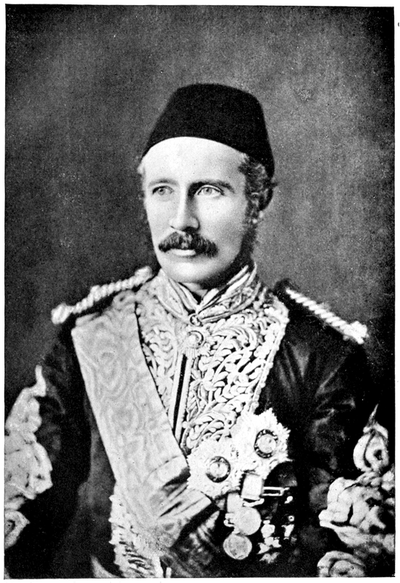
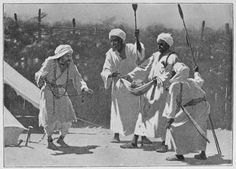
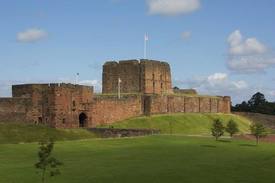
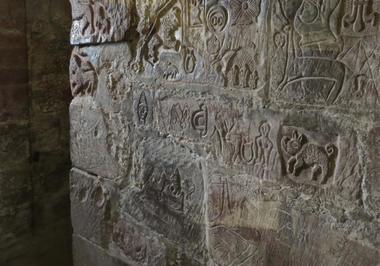
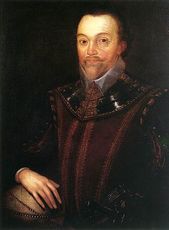

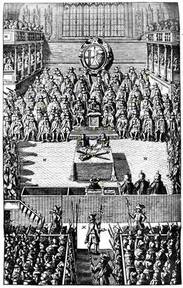
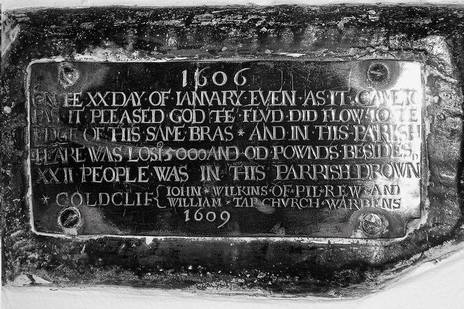
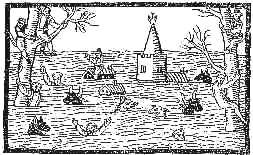
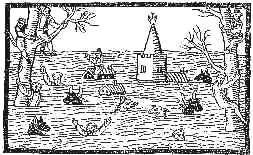
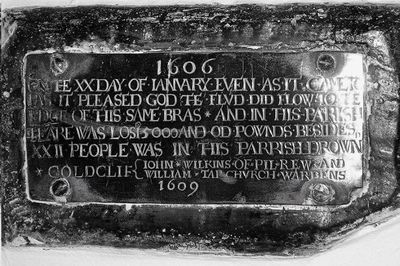
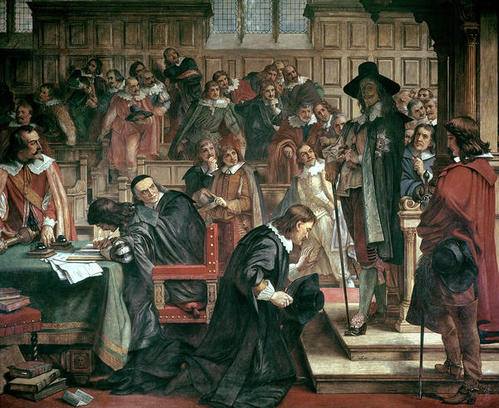

 RSS Feed
RSS Feed
